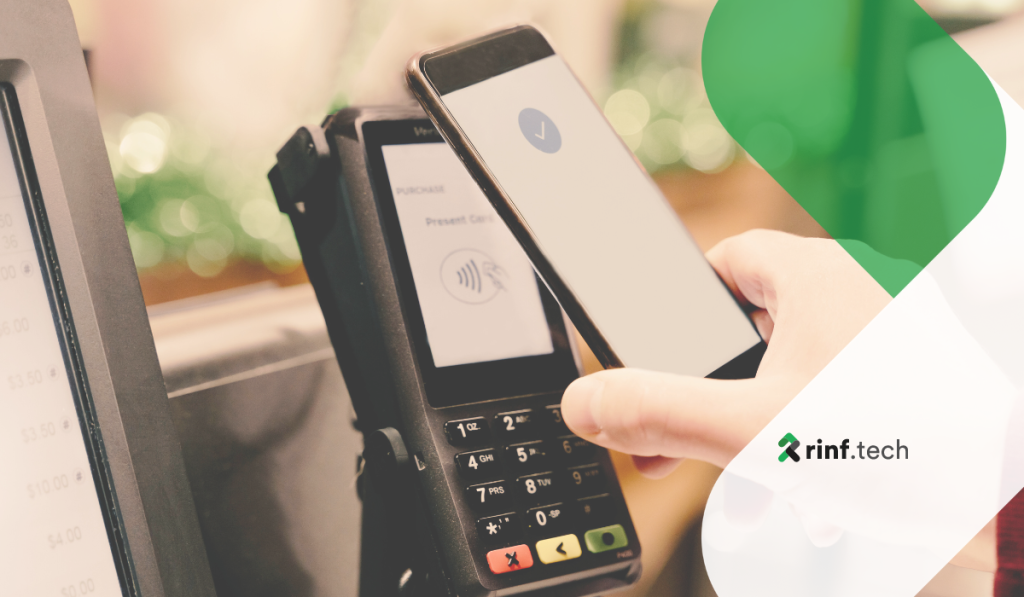Since its launch in the early 2000s, mobile banking apps have undergone significant transformations. These applications, which initially only offered fundamental functions like checking balances, have grown into complete, full-fledged platforms for financial management. Users can now complete various tasks right on the go from their mobile devices, including fund transfers, bill payments, loan applications, and investment management.
On top of that, mobile banking apps also prioritize security by implementing cutting-edge safeguards like two-factor authentication, biometric identification, and encryption. Personalized dashboards, configurable settings, and intuitive interfaces have all enhanced the user experience. Real-time updates and notifications for users are ensured via seamless interaction with banking systems.
A mobile-first or mobile-only approach
The development of mobile banking applications is moving toward mobile-first and mobile-only strategies in 2023. With web-based access still available, the mobile-first approach emphasizes developing banking apps suited for mobile devices. This strategy assures that the app’s user interface, functionality, and features are primarily intended for mobile users, considering the growing use of smartphones and tablets for financial transactions. It strongly emphasizes fluid integration with mobile-specific features like push notifications, location services, responsive design, and simple navigation.
Modernization of legacy banking apps
The necessity to modernize their banking apps using automation, artificial intelligence (AI), and data analytics is becoming increasingly present in financial institutions.
Banks increasingly streamline their business processes, improve client satisfaction, and increase productivity by upgrading outdated software and building mobile apps to support those upgraded systems.
This entails transitioning from outmoded technologies to more scalable and adaptable designs that facilitate the rapid development and deployment of new features.
AI-Powered Personal Finance Management
In 2023, the development of mobile banking apps will continue to be heavily influenced by artificial intelligence. AI algorithms are being used to offer individualized financial insights, budgeting help, and investment advice. AI-powered personal finance management applications provide customers with individualized financial advice by evaluating user data, such as transaction history, spending habits, and financial goals.
The apps can offer proactive notifications and recommendations to assist users in making better financial decisions. For example, they can remind users to pay their bills on time, offer money-saving tips, or suggest investment opportunities.
Biometric Authentication
The development of mobile banking apps will increasingly rely on biometric authentication techniques. Biometric measures, such as fingerprint, facial, and voice recognition, are replacing or enhancing traditional identification techniques like passwords and PINs.
Since they are challenging to duplicate or guess, biometric authentication systems are more secure than passwords or PINs. They provide a frictionless user experience since users don’t have to remember and type complicated passwords to verify themselves; instead, they can use their fingerprint, face, or voice.



